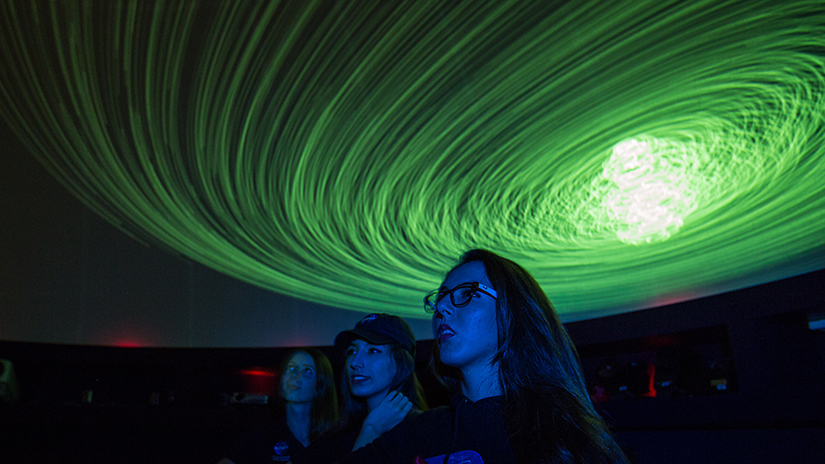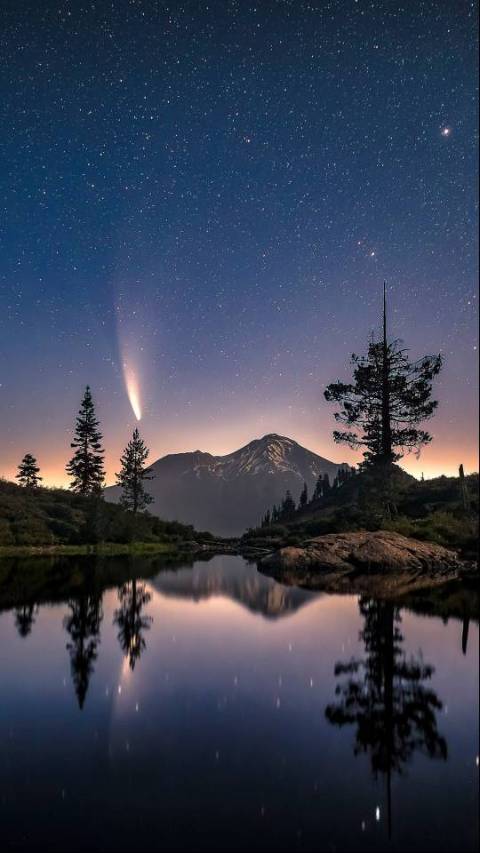SMC Planetarium's Online Shows On Hold
SMC Planetarium's free online shows on Friday evenings are on hold while planetarium lecturers learn the intricacies of the new Digistar 7 digital projector.
Shows in the new planetarium on the SMC Main Campus are expected to start in October (subject to change).
Check this webpage in late September for the latest details.
Weekly Night Sky Show
The Night Sky program is roughly 30-40 minutes long, followed by a short question-and-answer period. We will answer as many questions as possible. There will be a short intermission at approximately 7:50 p.m. prior to the start of the Feature program at 8 p.m.
Feature Programs
Note that all 8 p.m. feature programs are preceded by the 7 p.m. “Night Sky” program described above.
Location of Planetarium (Opening Soon!)
Math and Science Building (MSB 126)
1900 Pico Boulevard
Santa Monica, CA 90405
Campus Map
The SMC Planetarium is located in the new Math and Science Building on the south side of the Santa Monica College Main Campus. The Math and Science Building is on the corner of Pearl Street at Parking Lot 1, just west of 20th Street. We are in Santa Monica, south of the 10 (Santa Monica) Freeway and west of the 405 (San Diego) Freeway.




